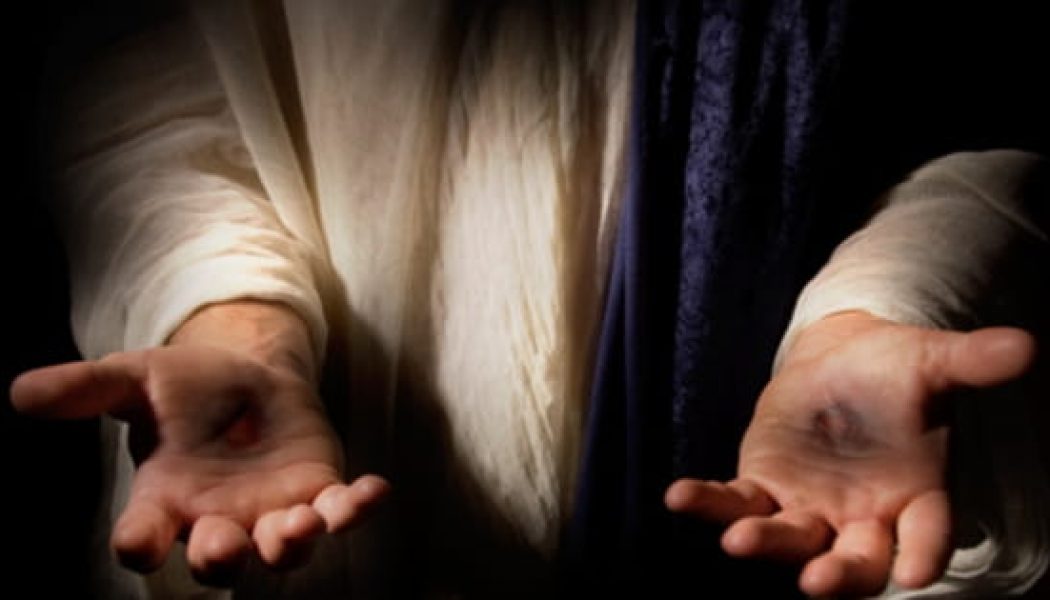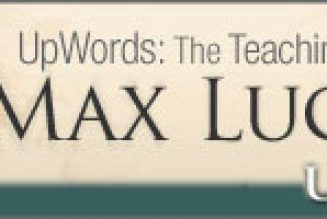
Introduction
On the fourth Sunday of Advent (Advent IV), we celebrate God’s faithfulness in sending Jesus, and we remember that faithfulness as we look forward to Christ’s second coming.
The Scripture and Theology of the Fourth Week of Advent
Scripture readings for Advent IV focus on the coming of the Messiah who fulfills God’s covenant with David, bringing salvation for all people and the eternal reign of God on earth.
Old Testament Readings
Old Testament passages for the final week of Advent reflect on prophecies, which are fulfilled by Jesus’ birth. Isaiah 7:10 recounts the story of King Ahaz, king of Judah at a time when Judah was facing a foreign invasion. Ahaz hoped for help from the king of Assyria. The prophet Isaiah, however, downplays human-oriented deliverance and instead points to God’s divine intervention to bring about his kingdom—an intervention that would come through a baby born in Bethlehem. Isaiah says, “The Lord himself will give you a sign. Behold, the virgin shall conceive and bear a son, and shall call his name Immanuel” (Isaiah 7:14).
We see something similar happen in 2 Samuel 7:1 when God corrects King David’s human plans by revealing his divine plan. When David starts to make plans to build a temple for God to dwell in, God counters that he himself will build his own “house” through the dynasty of David, ultimately dwelling among his people as God with us—Immanuel—in Jesus Christ. God promises that he will make for David a great name, give his people eternal rest from enemies, and give him an everlasting kingdom (Isaiah 7:9); these promises are fulfilled in the coming of Jesus.
Micah 5:4 looks forward to how God will rule over his people through Jesus: “He shall stand and shepherd his flock in the strength of the Lord…And they shall dwell secure, for now he shall be great to the ends of the earth. And he shall be their peace.”
Readings from the Psalms
In Psalms 80:1 we see the psalmist praying for deliverance and restoration. Because of God’s past deliverance, the psalmist calls for God once again to let his face shine upon his people so that they can be saved. The Gospel of John says that those who have seen the face of Jesus Christ have seen the face of God (John 14:9). In Jesus Christ, God fulfills his promise of salvation by making his face shine upon his people.
Psalms 89:1, Psalms 89:19 shows God’s steadfast love and faithfulness. God said, “I have made a covenant with my chosen one; I have sworn to David my servant: ‘I will establish your offspring forever, and build your throne for all generations’” (Psalms 89:3). God said he would be faithful to David, and through Jesus, God keeps his promise.
New Testament Readings
New Testament readings for Advent IV continue to reflect on God’s faithfulness to his promises. The gospel was “promised beforehand through [God’s] prophets in the holy Scriptures, concerning his Son, who was descended from David according to the flesh and was declared to be the Son of God in power according to the Spirit of holiness by his resurrection from the dead, Jesus Christ our Lord” (Romans 1:2). The good news of salvation is that God has been faithful to his promise to David in sending Jesus Christ, the only Son of God.
Hebrews 10:5 reminds us that Christ’s coming obliterates the old system of sacrifice, through the sacrifice Jesus made for us, once for all. Because of Jesus’ sacrificial death on our behalf, “we have been sanctified through the offering of the body of Jesus Christ once for all” (Heb. 10:9-10). Jesus’ birth points us forward to the cross. As Karl Barth put it, “Except we see the Cross at Golgotha we cannot hear the Gospel at the crib of Bethlehem.”
Gospel Readings
Gospel readings for Advent IV tell the story of the angel coming to Mary and Joseph to announce Christ’s birth. In Matthew 1:18 the angel Gabriel tells Joseph that Mary “will bear a son, and you shall call his name Jesus, for he will save his people from their sins” (Matthew 1:21). This fulfilled what the Lord had promised to the prophet Isaiah: “Behold, the virgin shall conceive and bear a son, and they shall call his name Immanuel” (which means, ‘God with us’)” (Matthew 1:22, from Isaiah 7:14).
Luke 1:26 tells another more of the story and connects Jesus’ birth to the lineage of David. The angel tells Mary that her son “will be great and will be called the Son of the Most High. And the Lord will give to him the throne of his father David, and he will reign over the house of Jacob forever, and of his kingdom there will be no end” (Luke 1:32-33).
The Symbolic Spirituality of the Fourth Week of Advent
The Jesse Tree and Advent Wreath both bring to conclusion the theme of repentance throughout the Advent season. The Jesse Tree tells the story of God bringing his people out of exile through Jesus Christ, and the Advent Wreath expresses the peace that we experience through God’s redemption.
The Jesse Tree
The Jesse Tree in Advent III felt somber; Israel was in exile, and there was little hope in sight. But the story now takes a positive turn with the arrival of the one who paves the way for Christ. God’s promise has arrived, and by telling the stories of John the Baptist (Luke 1:57, Luke 3:1, Luke 7:18), Mary (Luke 1:26), Elizabeth (Luke 1:39), Zechariah (Luke 1:57), Joseph (Matthew 1:19), the Magi (Matthew 2:1), Jesus (Luke 2:1), and Christ (John 1:1), the Jesse Tree becomes fully lit. The story that God began with Adam reaches the top of the tree with the arrival of the Second Adam, Jesus, who reverses the curse of sin by crushing the head of the serpent on the cross.
The Advent Wreath
On the last Sunday of Advent, a fourth candle on the Advent Wreath is lit. Traditionally, this purple candle has been called the “Angel Candle” and represents the peace that Christ’s birth brings to earth. All four of the candles around the Advent Wreath are now burning, each at a different height. Only one candle remains: the center, white Christ Candle that is lit on Christmas Eve, representing the pure Lamb of God who has come to take away the sins of the world.
Conclusion
The Advent season is a journey through the biblical story that shows us how “all the promises of God find their Yes in [Christ]” (2 Corinthians 2:20). Advent points us to Jesus, just like all Scripture. At his first coming, which we celebrate at Christmas, Jesus showed us his humility, his love for us, and his heart of grace toward sinners and sufferers. At his second coming, which we look forward to in Advent, he will complete what he started at his birth, bringing a final end to suffering, sin, and death, restoring his creation, and setting up a new kingdom of righteousness and peace. God keeps his promises.









